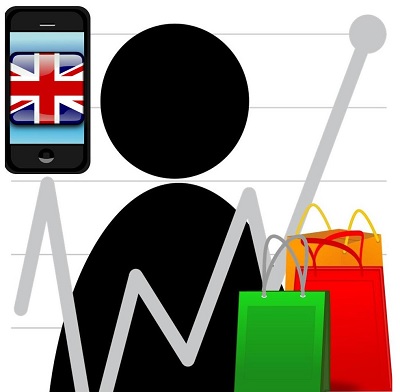Square Reader aims to help merchants go mobile
Leading mobile commerce organization Square has unveiled “Merchant Case” with integrated Square Reader. The Square Reader platform is designed to make it easier for small businesses and entrepreneurs to participate in mobile commerce and track inventory and consumer trends through the Square Register platform. Square has also announced that it has launched a new partnership with Griffin that will launch the “Merchant Case,” which is used alongside the Square Reader.
Merchant Case adds more convenience to Square Reader
The Merchant Case is, quite simply, a protective case for a smartphone. The current iteration of the product is designed for the iPhone and features a space that can hold a Square Reader. The Square Reader is a small device that can be plugged into an iPhone, allowing for users to make mobile payments. Square has similar devices designed specifically for consumers, whereas the Square Reader is meant to target merchants.
Accessory makers design products for Square
Both the Square Reader and Merchant Case are part of the “Works with Square” program. This program tasks accessory makers with developing products that work specifically with Square’s products, expanding the company’s presence in mobile commerce. Square already has a powerful presence in North America and has recently expanded into the Japanese market. In the U.S. alone, the company has process over $16 billion in mobile payments.
Square continues to show promising success
Square is currently considered one of the leading entities in the mobile commerce space. The company has managed to beat out competition from others, including PayPal, and has been making progress on a wide range of initiatives. As mobile commerce continues to gain momentum with consumers and merchants, Square is expected to continue seeing impressive growth. This growth may help the company expand into new and promising markets in the near future.
The day after Christmas, has shown to be very important to shopping in the United Kingdom, yet again.
Boxing Day, the day that follows Christmas, has long been a very important shopping day for finding great discounts and sales, and IBM has revealed that this tradition continued, but this year it was breaking records in UK mobile commerce.
The IBM Digital Analytics Benchmark showed that sales skyrocketed compared to 2012.
Among the findings from IBM in its Digital Analytics Benchmark was that a great deal of the Boxing Day shopping on retail websites came from UK mobile commerce locations. This suggests that smartphones and tablets are rapidly becoming one of the preferred methods of browsing and comparison shopping for British consumers. In fact, smartphones were found to be the most popular device for browsing for products and sales.
Though online shopping is still dominated by PCs, UK mobile commerce is rapidly growing.
 While smartphones were preferred for browsing, among mobile devices, it was tablets that played the most important role for sales, themselves. That said, consumers still preferred to look around on those gadgets but make their actual purchases either on their laptops and desktops, or in person within the shops, themselves.
While smartphones were preferred for browsing, among mobile devices, it was tablets that played the most important role for sales, themselves. That said, consumers still preferred to look around on those gadgets but make their actual purchases either on their laptops and desktops, or in person within the shops, themselves.
IBM’s data showed that on December 26, there was an increase in online sales by 40.4 percent when compared to the same date in 2012. Of all online traffic, smartphones and tablets represented 58 percent, that day, which was a massive 42 percent increase over the year before. The sales that were actually completed over those devices experienced a growth rate of 63 percent year over year. Among the total of online sales on that day, they represented over 45 percent in the United Kingdom.
The average order value that was placed on smartphones was £78.06, whereas the average order value for purchases made over tablets was slightly higher at £83.55. This indicates that people may be more comfortable spending slightly more when using devices with larger screens. When it came to actual online traffic overall smartphones represented just slightly more than tablets at 29.9 percent as opposed to 28 percent, respectively.

 While smartphones were preferred for browsing, among mobile devices, it was tablets that played the most important role for sales, themselves. That said, consumers still preferred to look around on those gadgets but make their actual purchases either on their laptops and desktops, or in person within the shops, themselves.
While smartphones were preferred for browsing, among mobile devices, it was tablets that played the most important role for sales, themselves. That said, consumers still preferred to look around on those gadgets but make their actual purchases either on their laptops and desktops, or in person within the shops, themselves.